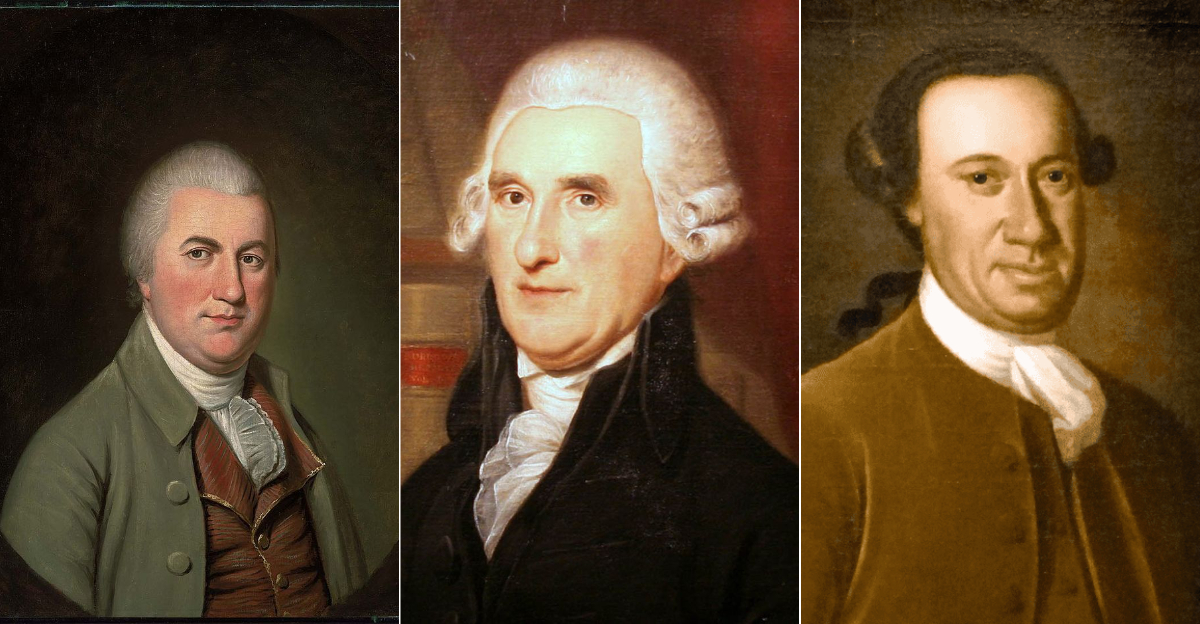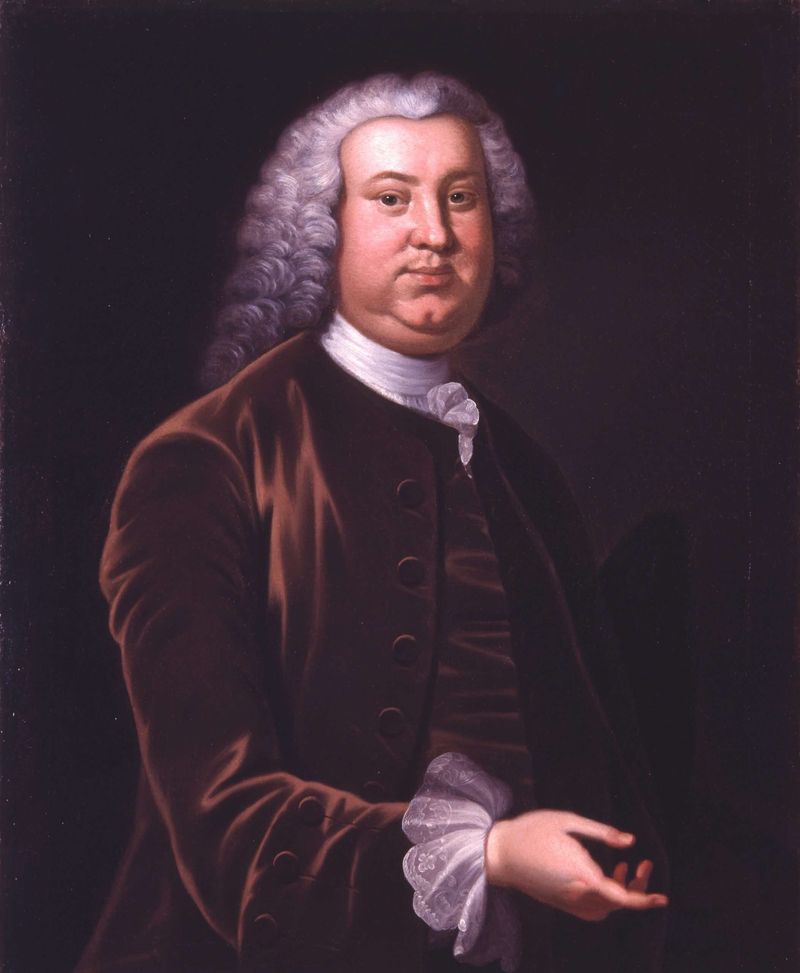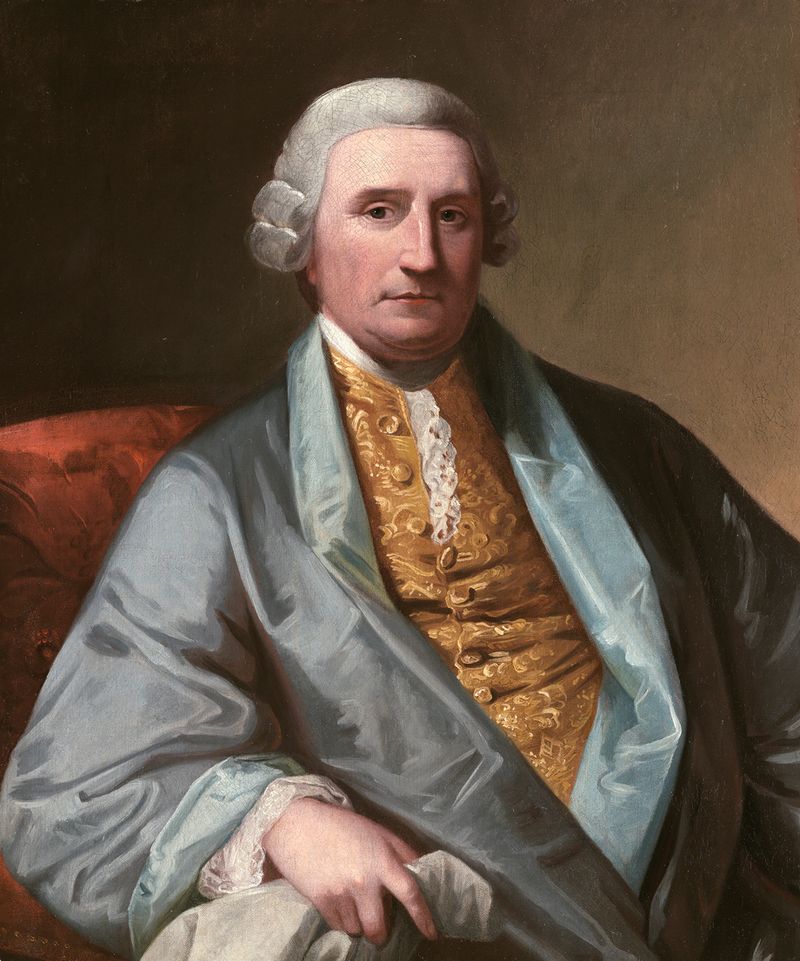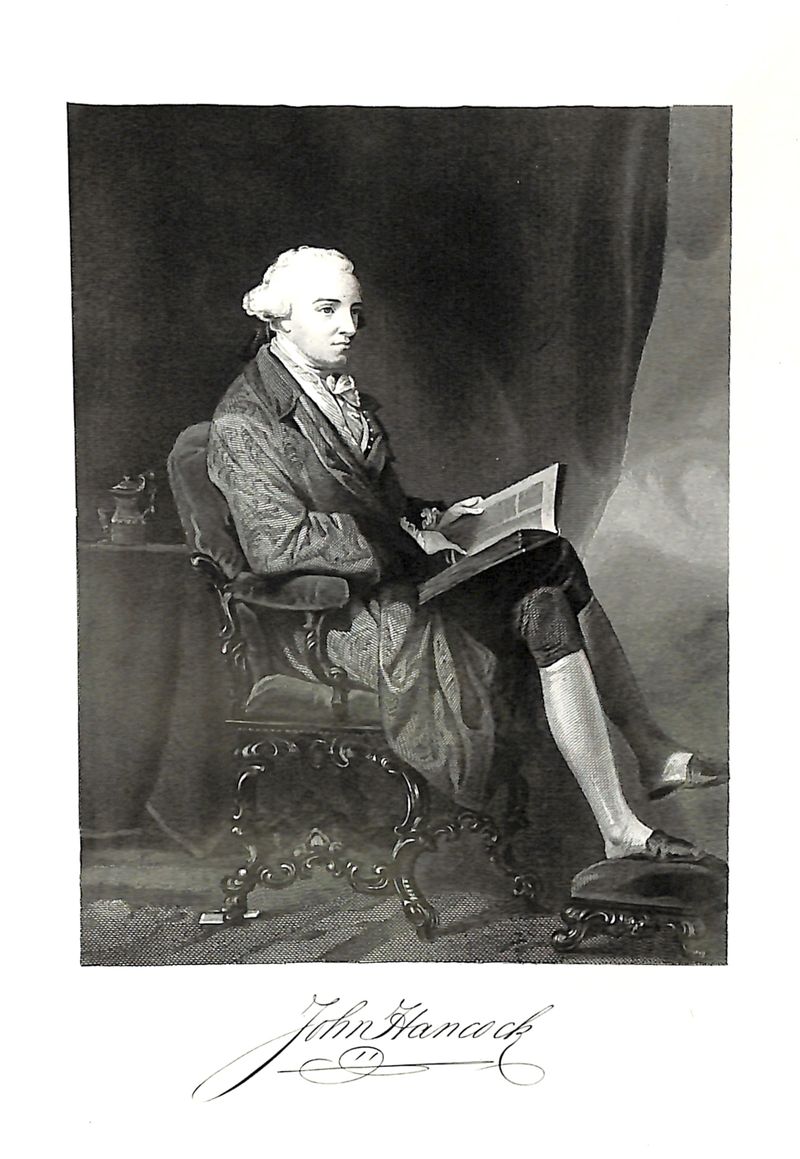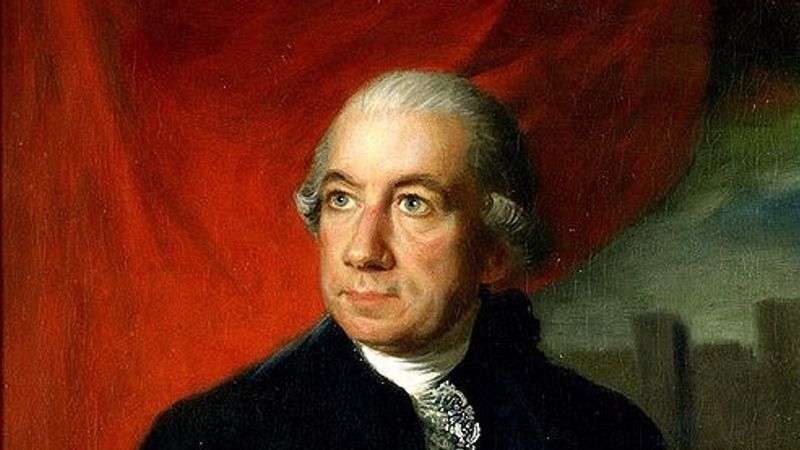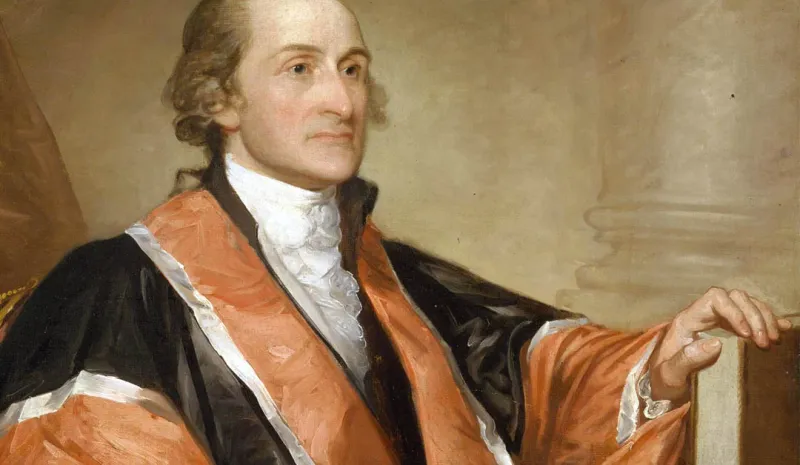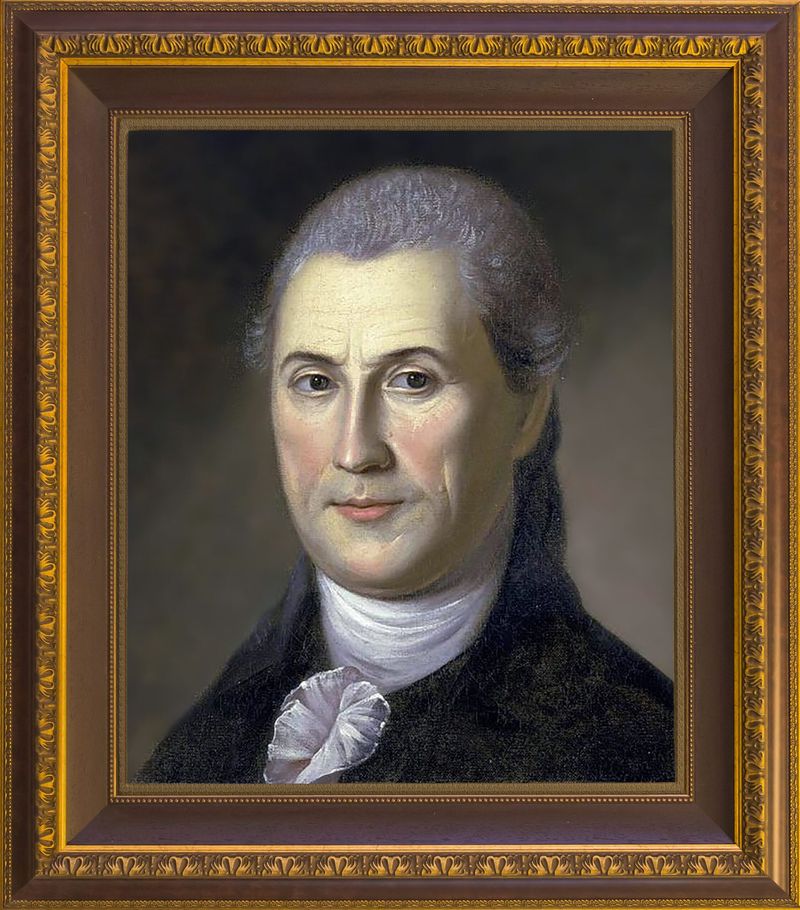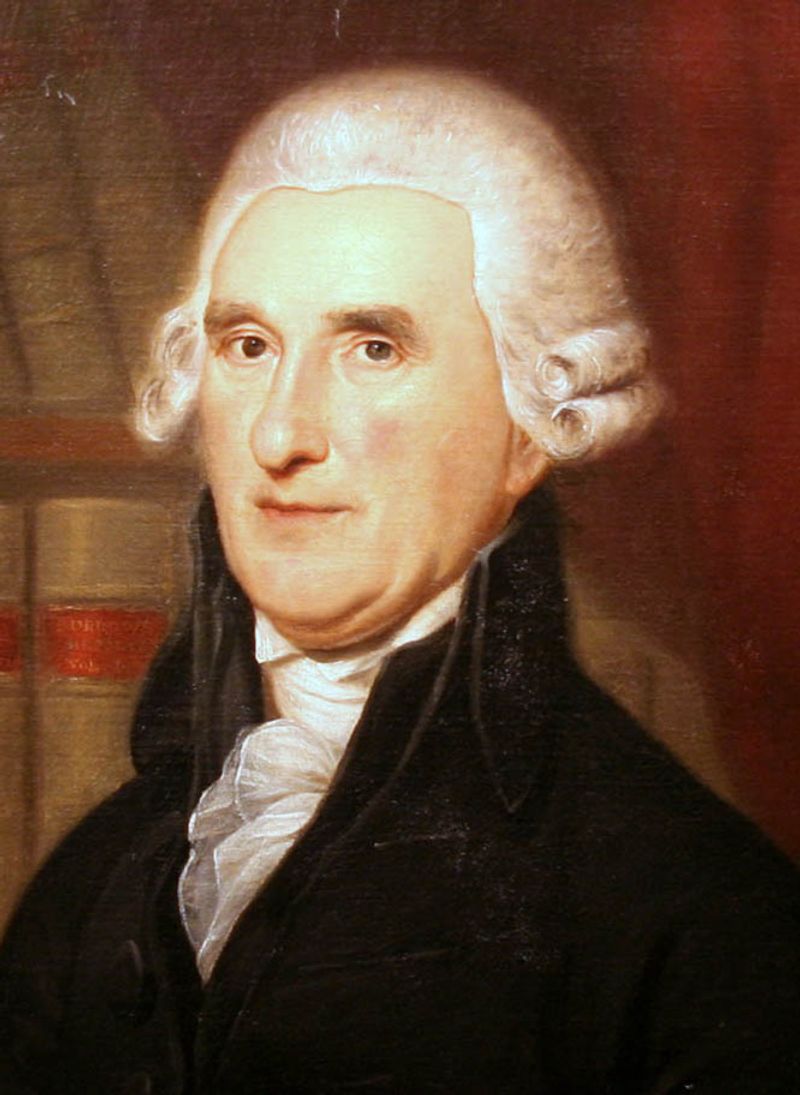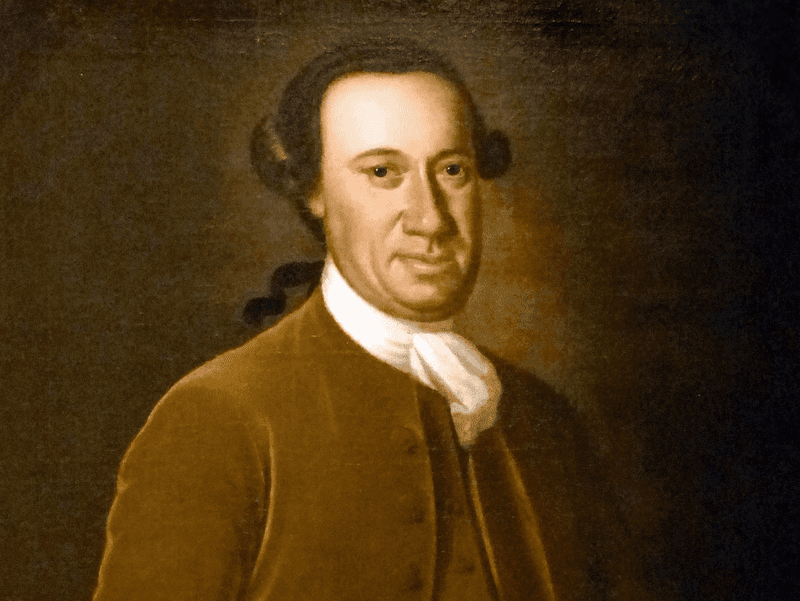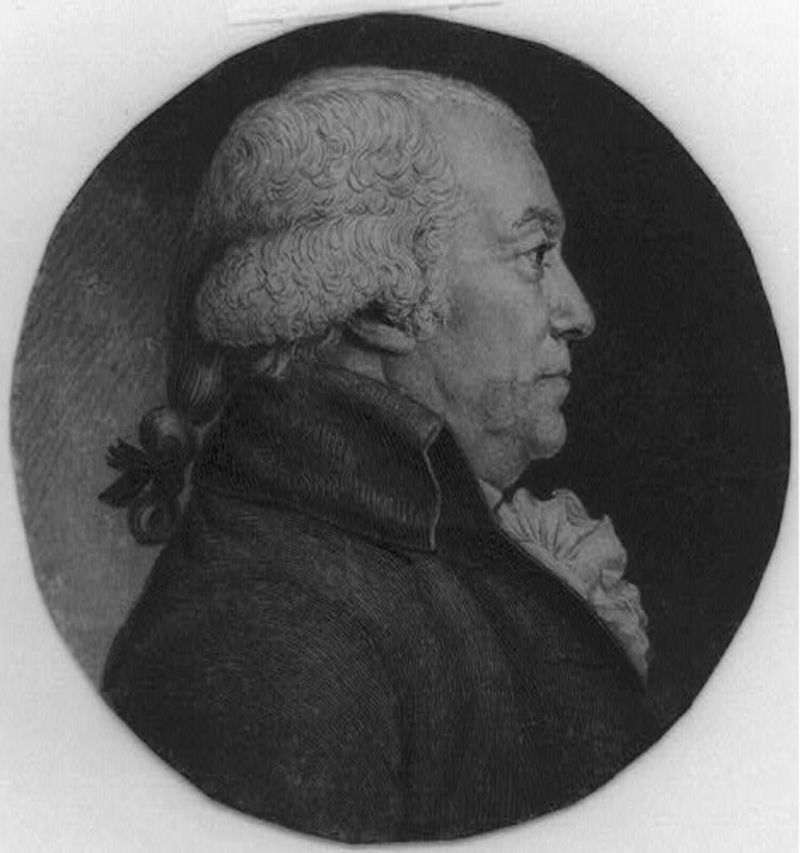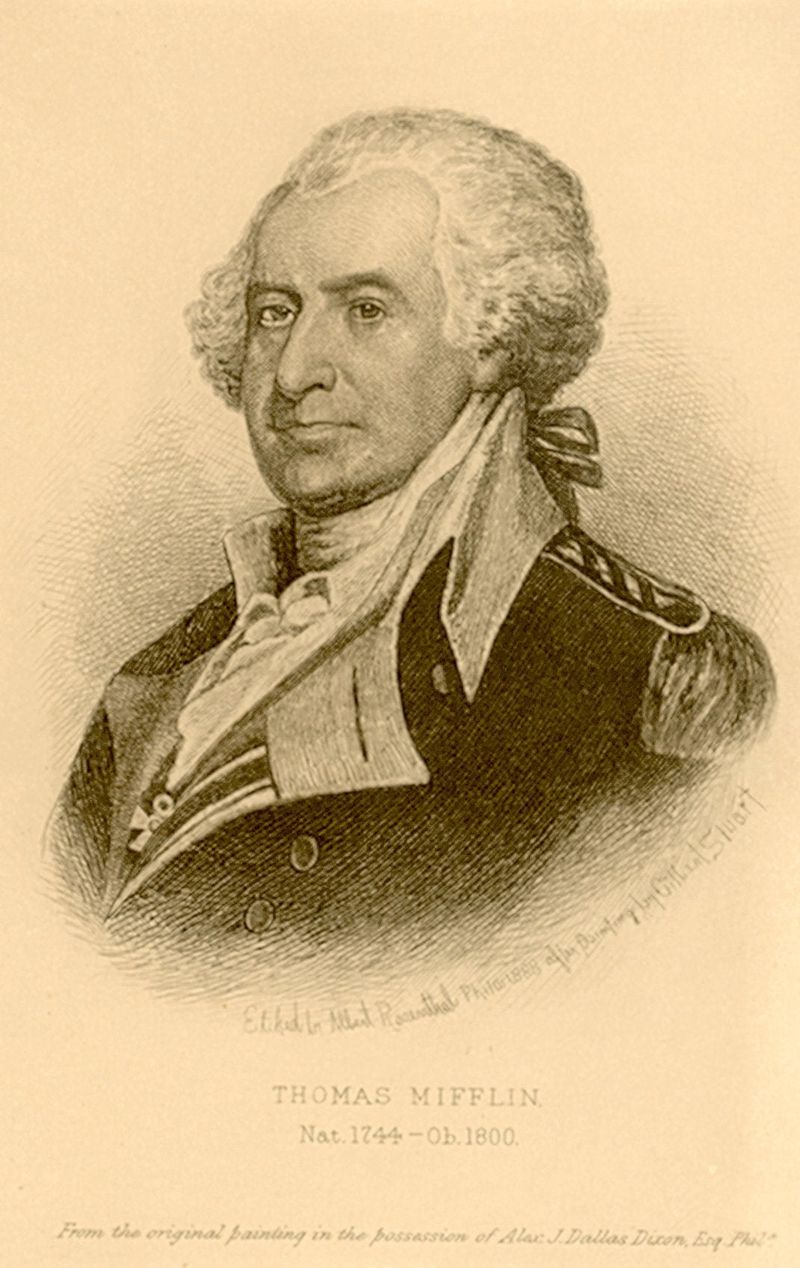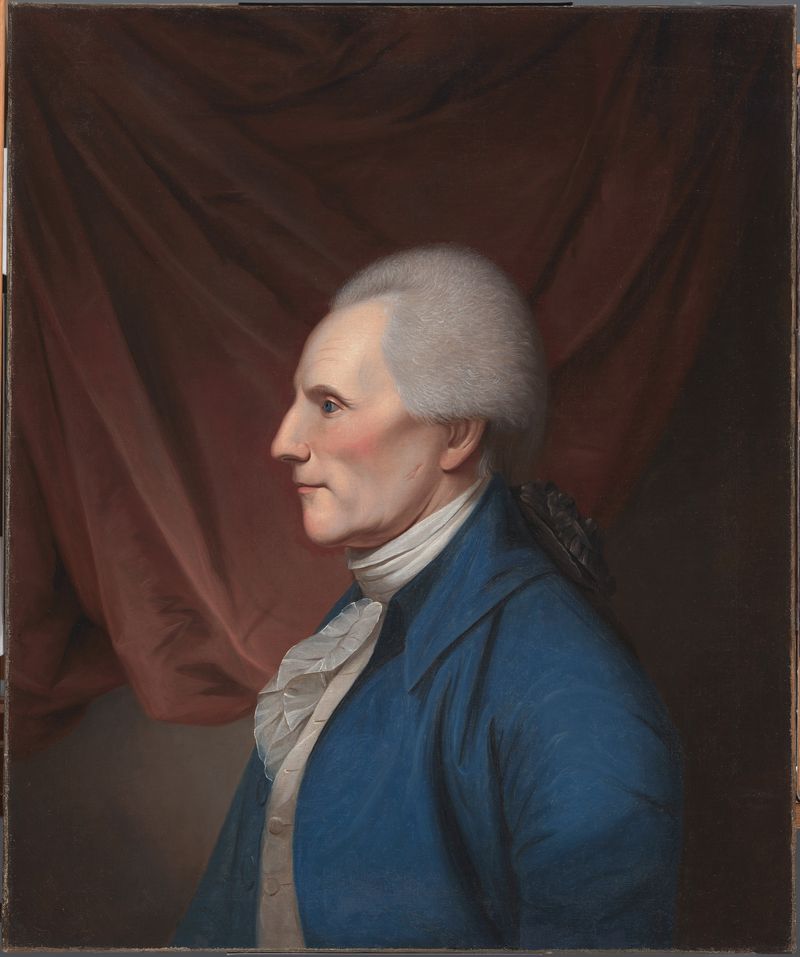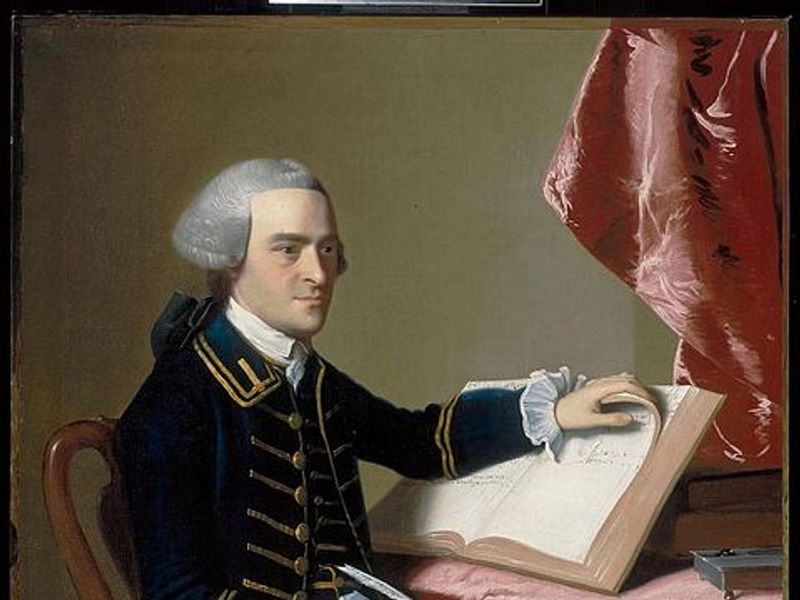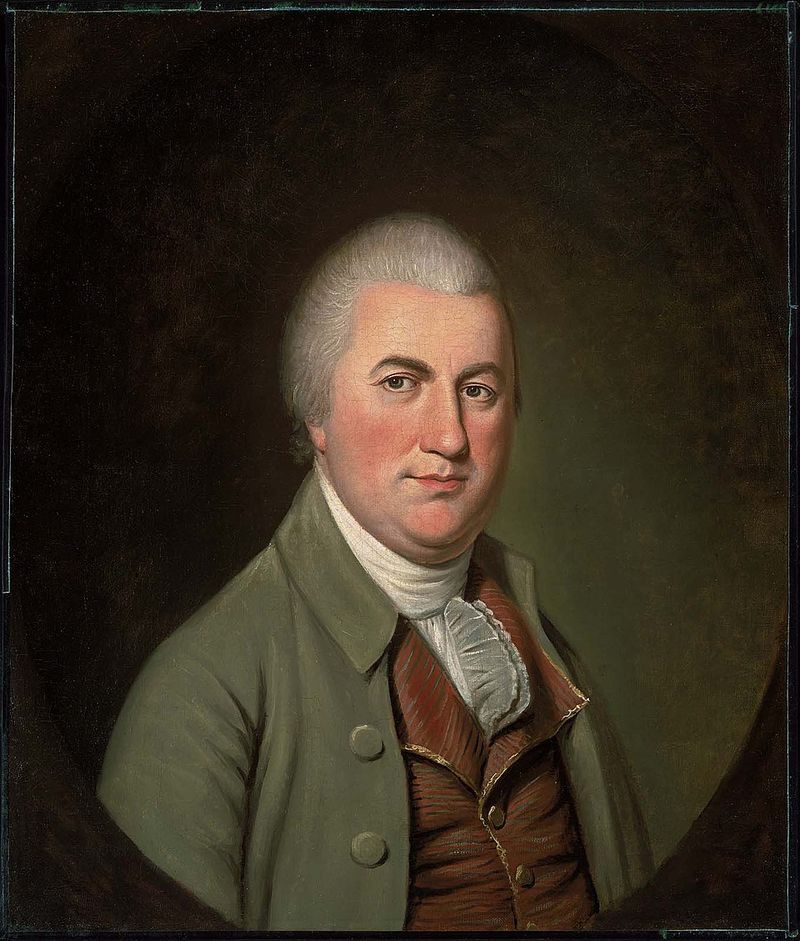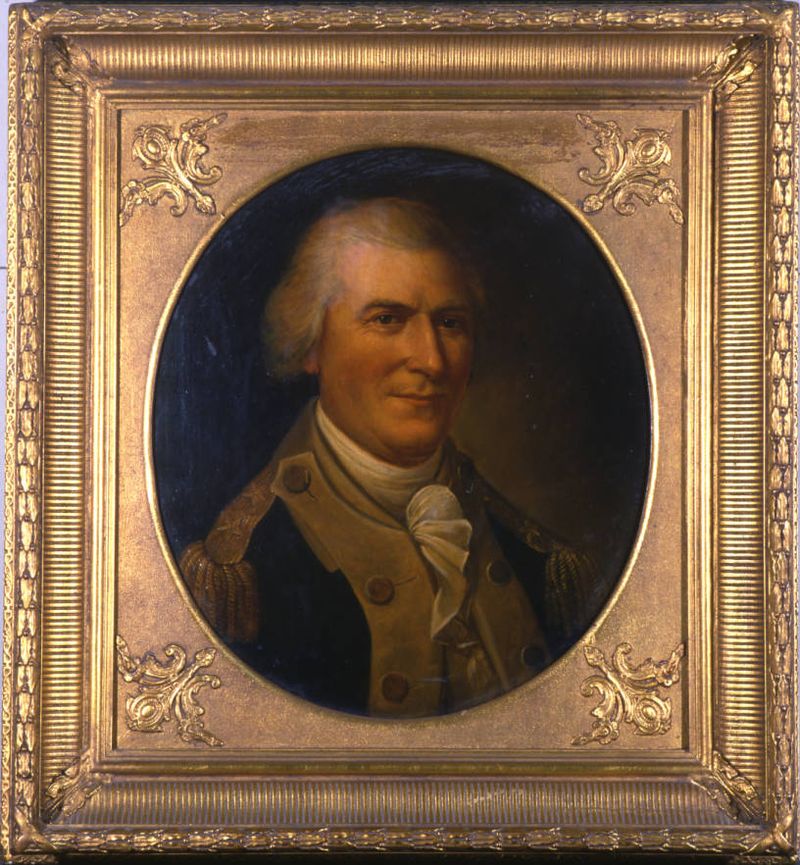Before George Washington became the first official President of the United States, there were 14 leaders who helmed the Continental Congress and the government under the Articles of Confederation. These individuals played crucial roles in the formative years of the United States, guiding the nation through the Revolutionary War and the early days of independence. Their contributions and challenges helped shape the path to the presidency as we know it today. This article delves into the lives and legacies of these often-overlooked leaders.
1. Peyton Randolph (1774-1775)
Peyton Randolph, as the first President of the Continental Congress, began a journey that would lead to American independence. His tenure was marked by his diplomatic skills and ability to unify the delegates. Unfortunately, his health faltered, compelling him to resign. Randolph’s leadership during this nascent period was instrumental in setting the stage for future governance. His ability to navigate the contentious political landscape of the time underscores his importance. Despite his short term, Randolph’s influence persisted, leaving a legacy of resilience and vision in the face of adversity.
2. Henry Middleton (1774-1775)
Henry Middleton briefly took the reins after Randolph’s resignation. A man of wealth and influence, Middleton owned one of the largest plantations in South Carolina. His short presidency was defined by continuity and steadfastness, maintaining the momentum established by his predecessor. While his time as leader was fleeting, Middleton’s role in the early resistance against British policies was significant. His leadership reflected the complexities of balancing personal wealth with the emerging ideals of a new nation. Middleton’s commitment to the cause provided a bridge to subsequent leadership.
3. John Hancock (1775-1777)
John Hancock’s signature stands out as iconic, yet his leadership was equally remarkable. Serving as President during critical moments, he deftly handled the pressures of war. Hancock’s charisma and dedication were evident as he guided the Congress through turbulent times. His long term allowed for substantial influence, bolstering the unity and determination of the colonies. With his leadership, the Continental Congress navigated complex challenges, firmly establishing the burgeoning nation’s resolve. Hancock’s legacy is a testament to boldness and unwavering commitment during America’s formative years.
4. Henry Laurens (1777-1778)
Henry Laurens’ presidency was marked by adversity. Captured by the British while en route to negotiate, Laurens became the only President imprisoned during his term. Despite this, his contributions were substantial, later aiding in the negotiation of the Treaty of Paris. His resilience during captivity symbolized the enduring spirit of independence. Laurens’ diplomatic acumen was crucial in solidifying international support. His story is one of remarkable fortitude and courage, underscoring the sacrifices made by early leaders. Laurens remains a symbol of determination and strategic brilliance.
5. John Jay (1778-1779)
John Jay’s presidency focused on diplomacy, building crucial international relationships. As President, he negotiated treaties with Spain and France, laying the groundwork for future alliances. Jay’s intellect and strategic thinking were pivotal during this time. His role extended beyond domestic politics, influencing international perceptions of the young nation. Jay’s diplomatic efforts were instrumental in securing foreign aid and recognition. His presidency was a blend of negotiation and foresight, ensuring the survival and legitimacy of the fledgling United States. Jay’s impact was global, shaping America’s place on the world stage.
6. Samuel Huntington (1779-1781)
Samuel Huntington presided when the Articles of Confederation were ratified, marking a significant milestone. His presidency was characterized by stability and progress. Huntington’s leadership helped transition the nation from war to governance. His vision for a united Congress laid foundational precedents. Under his guidance, the government solidified its structure, paving the way for future administrations. Huntington’s tenure represented a period of consolidation, transforming revolutionary ideals into tangible governance. His steady hand and commitment to unity were vital during this formative period.
7. Thomas McKean (1781)
Thomas McKean’s presidency, though brief, was crucial in stabilizing war finances. Known for his tenacity, McKean was the only president to serve under both the Continental Congress and Articles of Confederation. His efforts in financial stabilization were instrumental during the war’s final years. McKean’s legal expertise and dedication were evident as he tackled economic challenges. His leadership was marked by pragmatism, addressing immediate needs while planning for future stability. McKean’s legacy is one of resilience and foresight, navigating complexities with determination and skill.
8. John Hanson (1781-1782)
John Hanson is often mythologized as the ‘first U.S. president’ under the Articles, but his powers were limited. His full-term presidency was marked by administrative growth. Hanson focused on enhancing government functions and maintaining order. His leadership saw the adoption of the Great Seal, a symbol of national identity. Despite minimal powers, Hanson’s presidency was a time of consolidation and progress. His contributions to developing governmental structure were significant, reflecting a period of growth and definition. Hanson’s legacy is one of quiet yet impactful leadership.
9. Elias Boudinot (1782-1783)
Elias Boudinot presided when the Revolutionary War officially concluded. His leadership during the war’s closing moments was pivotal. Boudinot’s presidency witnessed the signing of the Treaty of Paris, a historic achievement. His stewardship ensured a smooth transition from war to peace, reinforcing stability. Boudinot’s ability to inspire confidence and unity was evident, guiding the nation through its initial post-war phase. His term was one of celebration and adjustment, as the country embarked on a new chapter. Boudinot’s legacy is intertwined with the triumph of peace and reconciliation.
10. Thomas Mifflin (1783-1784)
Thomas Mifflin’s presidency navigated the turbulent post-war period. His leadership was tested by financial mismanagement and unrest. Despite later disgrace, Mifflin’s efforts to stabilize and rebuild were significant. He aimed to restore order and confidence in the fledgling government. Mifflin’s presidency was characterized by challenges and attempts at reform. Even amid controversy, his dedication to public service was apparent. His story reflects the struggles of governance in a nascent nation, where ambition and adversity coexisted. Mifflin’s legacy is one of complexity and dedication.
11. Richard Henry Lee (1784-1785)
Richard Henry Lee’s presidency was built on a foundation of advocacy for independence. Known for his eloquence, Lee proposed the motion for independence in 1776. As President, he maintained his commitment to liberty and governance. Lee’s opposition to the centralized U.S. Constitution was grounded in a belief in states’ rights. His leadership echoed themes of decentralization and local autonomy. Lee’s presidency was a continuation of his revolutionary spirit, emphasizing the importance of collective decision-making. His legacy is characterized by fervent dedication to principles and a vision for a balanced government.
12. John Hancock (1785-1786)
John Hancock, the only two-time president before Washington, faced economic crises during his second term. His leadership was tested as he navigated financial turbulence. Hancock’s charisma and resolve were leveraged to stabilize the economy and restore confidence. Despite challenges, he remained a symbol of continuity and resilience. Hancock’s presidency underscored the complexities of governance in a struggling economy. His legacy during this period is one of determination and adaptability, addressing immediate needs with a broader vision for recovery. Hancock’s influence persisted, shaping the nation’s economic trajectory.
13. Nathaniel Gorham (1786-1787)
Nathaniel Gorham’s presidency coincided with Shays’ Rebellion, a critical moment in American history. His leadership during this period of unrest was pivotal in addressing grievances and promoting reform. Gorham’s presidency saw efforts to quash rebellion while laying the groundwork for constitutional change. His role in drafting the U.S. Constitution was significant, reflecting a commitment to long-term stability. Gorham’s term was defined by balancing immediate crises with future governance. His legacy is one of vision and pragmatism, navigating challenges while contributing to foundational change.
14. Arthur St. Clair (1787-1788)
Arthur St. Clair served as the last president before the Constitution replaced the Articles. His presidency marked a transitional phase, navigating the shift to a new government system. St. Clair’s leadership was characterized by administration and forward-thinking. Post-presidency, his role as governor of the Northwest Territory reflected his ongoing commitment to expansion and governance. St. Clair’s presidency was a bridge between eras, ensuring a smooth transition to constitutional governance. His legacy is one of adaptability and strategic leadership, guiding the nation through a pivotal transformation.
